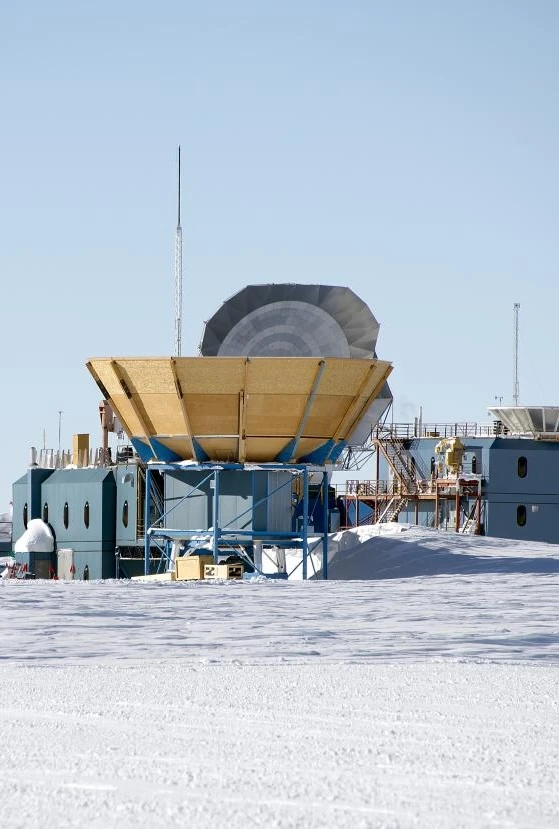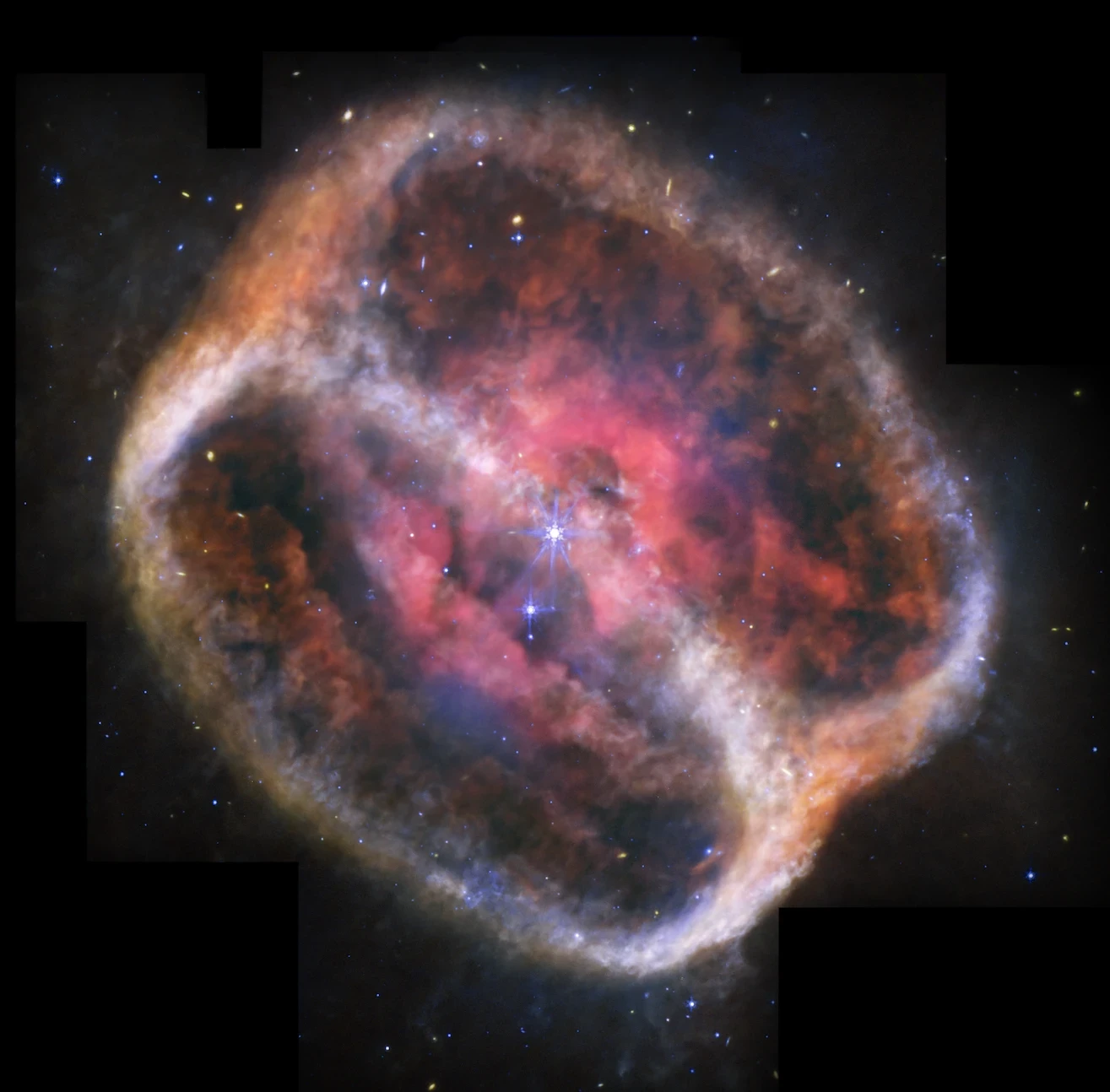Our universe is a mysterious place. We are yet to understand most of it, and our most promising candidate till date is the Big Bang theory — an idea proposed way back in 1927 by Georges Lemaître, a physicist and priest.
But he did not give it the funny name it has today; his was even funnier: the cosmic egg .
Problems with the Big Bang Theory
The Big Bang theory is far from perfect. One of its implications is that the farther away an object is from the observer, the faster it is traveling (this is known as Hubble’s law). This reaches a crux, however, whereby objects beyond a certain distance are traveling so fast their light never reaches the observer. This is somewhat like a horizon, beyond which nothing is seen; it is therefore aptly called the cosmic horizon .
To explain it better, think of the finite speed of light. As an object moves farther, it speeds up; then there must come a point where the object has sped up to the speed of light and light, by definition, cannot overtake itself. Beyond this, the object is distancing itself faster than light, effectively preventing light from it from reaching the observer. This is our horizon .
For the curious reader: general relativity does require that the velocity of light, c , be the so-called speed limit of the universe, but it does not prohibit distances—the rate of separation as measured from a third, neutral frame—from increasing faster than c . Consider, for instance, two objects moving away from each other, each traveling very close to c ; then the distance between them is increasing at 2 times c (roughly), however, each object is still not moving away from the other faster than c . But that explanation is for another day.
Coming back to our expanding universe, if the distances are indeed increasing this fast, then how do all parts of the universe have the same physical properties (e.g. temperature) when these properties too spread no faster than the speed of light?
Secondly, physicists around the 1960s found some topological defects (read, mistakes in certain equations) that implied that the universe could form magnetic monopoles—remember how breaking a magnet leaves pieces with both north and south pole and never one? Well, these defects allowed for such monopoles to exist.
This was in 1978.
The inflationary theory
Then, one fine night the following year, came along physicist Alan Guth and his remarkable realisation. Perhaps, he reasoned, our universe was not always uniform. Perhaps there were irregularities. Perhaps something caused these irregularities to vanish, by which time uniformity had been attained with regard to physical properties.
Quantum physics defines a vacuum as a state with the lowest energy possible. But there also exists a metastable state of the same vacuum known as a false vacuum where, as the term ‘metastable’ suggests, it is stable, but could attain greater stability.
Guth realised that should such a metastable state descend into true stability—in effect, should the false vacuum decay—then it will cause the universe to suddenly start expanding, for a very brief time, faster than the speed of light. In fact, it was this theory that includes the bang that we now associate with the Big Bang theory (where nothing really bangs).
Guth’s theorised that if such a bang did indeed occur, it would, firstly, have to be accounted for a sort of anti-gravitational effect; and, secondly, it would have left some trace.
First the anti-gravity: quantum physics allows for certain particles to exist with a negative pressure. General relativity says positive pressure—the kind we all know—is a cause of gravity (more on that in another article). Putting two and two together, we realise that a particle with negative pressure, then, should also have gravity but gravity which works in the opposite direction: gravity that repells.
Secondly, the traces: physicists believe that this sudden expansion, like blowing a balloon with a sudden gush of wind, would have smoothened it out. Think of a withered balloon with creaes blowing up into a smooth ball. But then would this not still have left untouched some inconsistencies in physical properties.
Fluctuations
It turns out it would have. Cosmic Microwave Background Radiation (or CMBR)—the leftovers of the early stages of the Big Bang—shows some differences. These are small—like a tenth of a milli Kelvin—but they exist and are enough to account for such creases that existed in the early universe and that caused unequal distribution of physical properties.
All this happened in less than a trillionth of a second after the Big Bang.
The proposition now was simple: if we looked far and hard enough, would we be able to spot these minor fluctuations? these creases? A suitable explanation was that they should affect the polarisation light that came in contact with them much like any other obstacle in light’s path would. Only, we cannot see that light; what we see instead are CMBR.
To sum it up, if inflation was correct, then, looking into space, we should be able to spot additional rotational components of polarisation—the curls of polarisation vectors from undergrad physics—in these CMBR. These polarisations are known as B-mode polarisations.
In March 2014, deep in the South Pole, the Background Imaging of Cosmic Extragalactic Polarization (BICEP2) second generation instrument detected what we believe are these B-mode polarisations.

